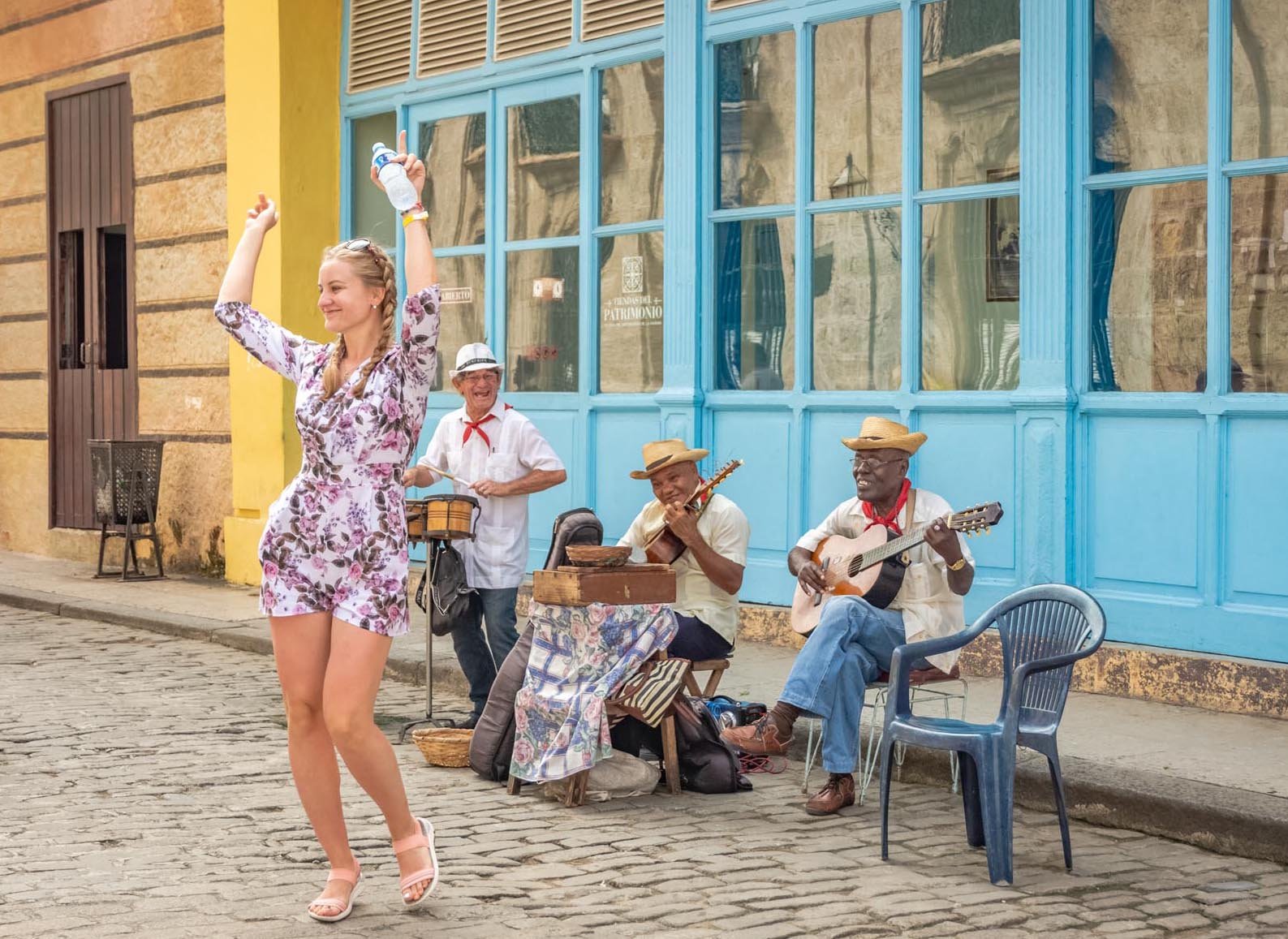
A Toast to La Habana
By: Tamara Roselló Reina
Photos: Claudia Rodríguez Herrera and Claudio Peláez Sordo
The name San Cristóbal de La Habana –like the names of the other six villas initially founded in Cuba by the Spanish conquerors under the leadership of Diego Velázquez– incorporates both the city’s Catholic and aboriginal influences. The first Catholic mass and the induction of the city’s first town council took place in the shade of a ceiba tree, sacred in several pre-Hispanic cultures and used as an Orisha compound by African Yoruba slaves. Every year at the Templete, where the town was christened, hundreds of people meet to keep tradition alive, circling the ceiba three times counterclockwise and making a wish on the eve of the city’s anniversary.
Religious and cultural syncretism mark the Cuban identity, which was forged from Taino, Siboney, African, Spanish, Chinese, Anglo-Saxon, and French influences. As a port city, Havana has played a key role in transculturation processes and served as an obligatory stopping point between the Old and the New World.
In 1982, Old Havana and its network of fortresses, which date back to colonial times, were declared part of the UNESCO Cultural Heritage of Humanity. In 2016, the Cuban capital was chosen as a Wonder City. Today, with the 500th anniversary of the city’s founding just around the corner, those of us who live here are preparing to honor the town and celebrate its birthday.
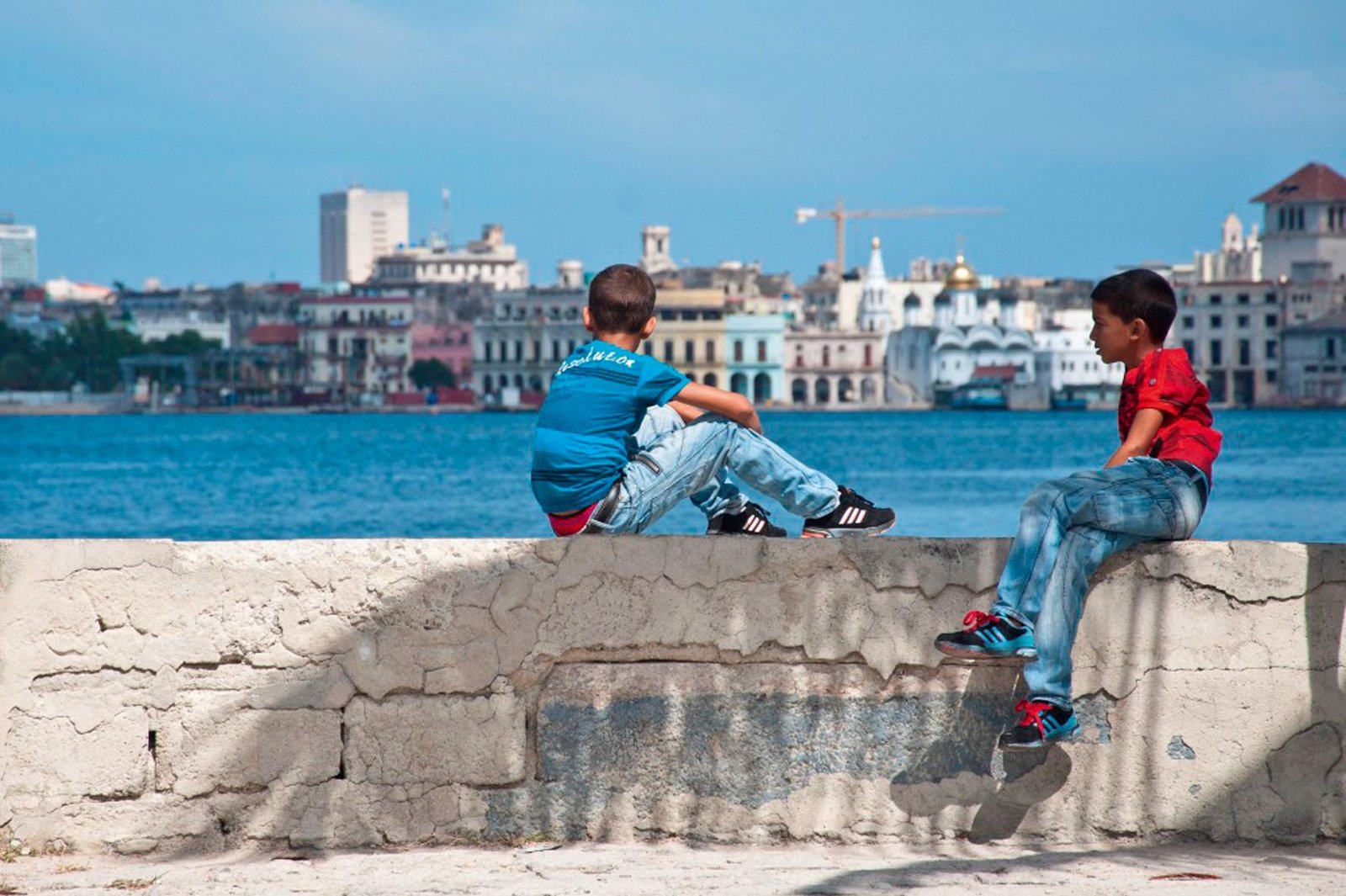
Real and Wonderful
Havana possesses one of Latin America’s best-preserved architectural heritages. Cuba has marched along at its own pace, without fully opening itself to large capital investment, which tends to rapidly modernize and change urban contexts. This has ensured the preservation of many examples of pre-baroque, Baroque, neo-Gothic, neo-classical, and art nouveau architecture along the city streets.
Although pirates no longer lie in wait along the coasts, the fortresses that once protected Havana now keep alive the stories of looting and pillaging of New World riches. Among the most noteworthy of these stories is the 1555 tale of the famous French pirate, Jaques de Sores. Other famous filibusters, such as Francis Drake and Henry Morgan, desisted from attacking the port given the town’s fortifications, which included its seawall and the Royal Arsenal, the Royal Army Castle, the Three Kings of El Morro, the Fortress of San Carlos de la Cabaña, La Punta Castle, and Santo Domingo de Atarés Castle.
The trees and fountains of the city’s parks and squares provide an open-air respite from the hustle and bustle. The Plaza de Armas, built around 1520, is the oldest of all the plazas. It was originally lined with buildings associated with the Spanish magistrates and military.
San Francisco Square, where a Franciscan convent was built, is also known today as Plaza de las Palomas, but it was not always peaceful. Legend has it that the Franciscan priests asked the City Council to transfer commercial activities elsewhere as the noise from the market vendors could be heard during Mass. And so a marketplace grew up about 300 feet from the convent. From 1814 on it was known as Plaza Vieja to distinguish it from the new market in the Plaza del Cristo.
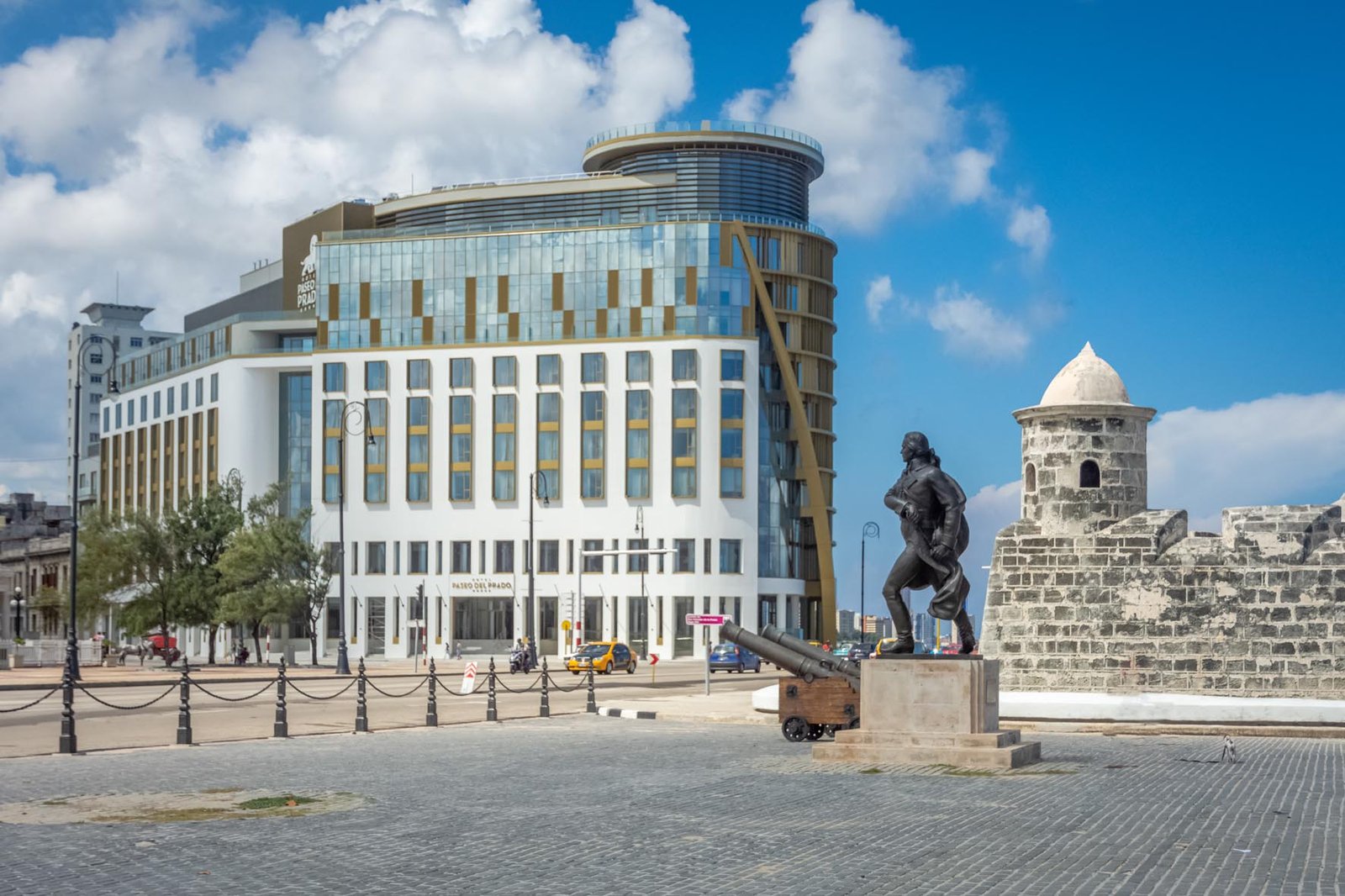
Another plaza, Cathedral Square, surrounded predominantly by baroque buildings, takes visitors back to the 18th century. Those who visit the square often end their tour at the city’s first inn, now the Bodeguita del Medio restaurant, an establishment famous for its refreshing mojitos and the drawings —made by famous visitors from around the world— that hang on its walls.
A tour of Havana’s churches is another way to discover the city’s architectural beauty and mysticism. One fine example is the church of Santo Ángel Custodio, one of the settings for Cirilo Villaverde’s “costumbrista” novel, Cecilia Valdés. In 2014, a bronze sculpture of the novel’s protagonist was erected in the adjoining square, along with a bust of the author.
Pedestrians will encounter many other surprising, life-size statues of famous local personalities who often walked the streets of this beloved city. For example, Spanish dancer and choreographer Antonio Gades stands in Palacio de Lombillo, one of the buildings on Cathedral Square; Mother Teresa of Calcutta sits on a bench in the Saint Francis of Assisi Convent gardens; and frozen in mid-step nearby is José López Lledín, the picturesque Gentleman from Paris. Writer Ernest Hemingway was immortalized at the bar of the Floridita bar-restaurant, where he was a regular customer and held the record for drinking the most daiquiris. All these life-size cast bronze pieces are the work of the Santiago-born sculptor, José Villa Soberón.

Like Villa, other artists who have found inspiration in Havana have had a chance to share their work and take part in the city’s cultural revival. In the San Isidro neighborhood, Jorge Perugorría, the star of Strawberry and Chocolate, runs the Gorría Workshop-Gallery, a project that encourages artistic interventions in public spaces to help transform communities.
Havana boasts year-round cultural programming with options to suit the most diverse tastes. Dance, visual arts, theater, poetry, music, and crafts all have their place. A loyal audience fills the concert halls, applauds performances of the National Ballet, follows puppets and artists on stilts through the squares, and dances and sings on corners everywhere.
And there are so many opportunities, even outside of bookstores and libraries, to hear readings and have encounters with authors, whose works often evoke Havana. Calle Tacón, the street with wooden cobblestones located in front of Palacio de los Capitanes Generales, is home to the Saturday Book Club, where the most important works published in Cuba are presented. And every year authors, publishers, and readers gather for the International Book Fair held at the Fortress of San Carlos de la Cabaña.
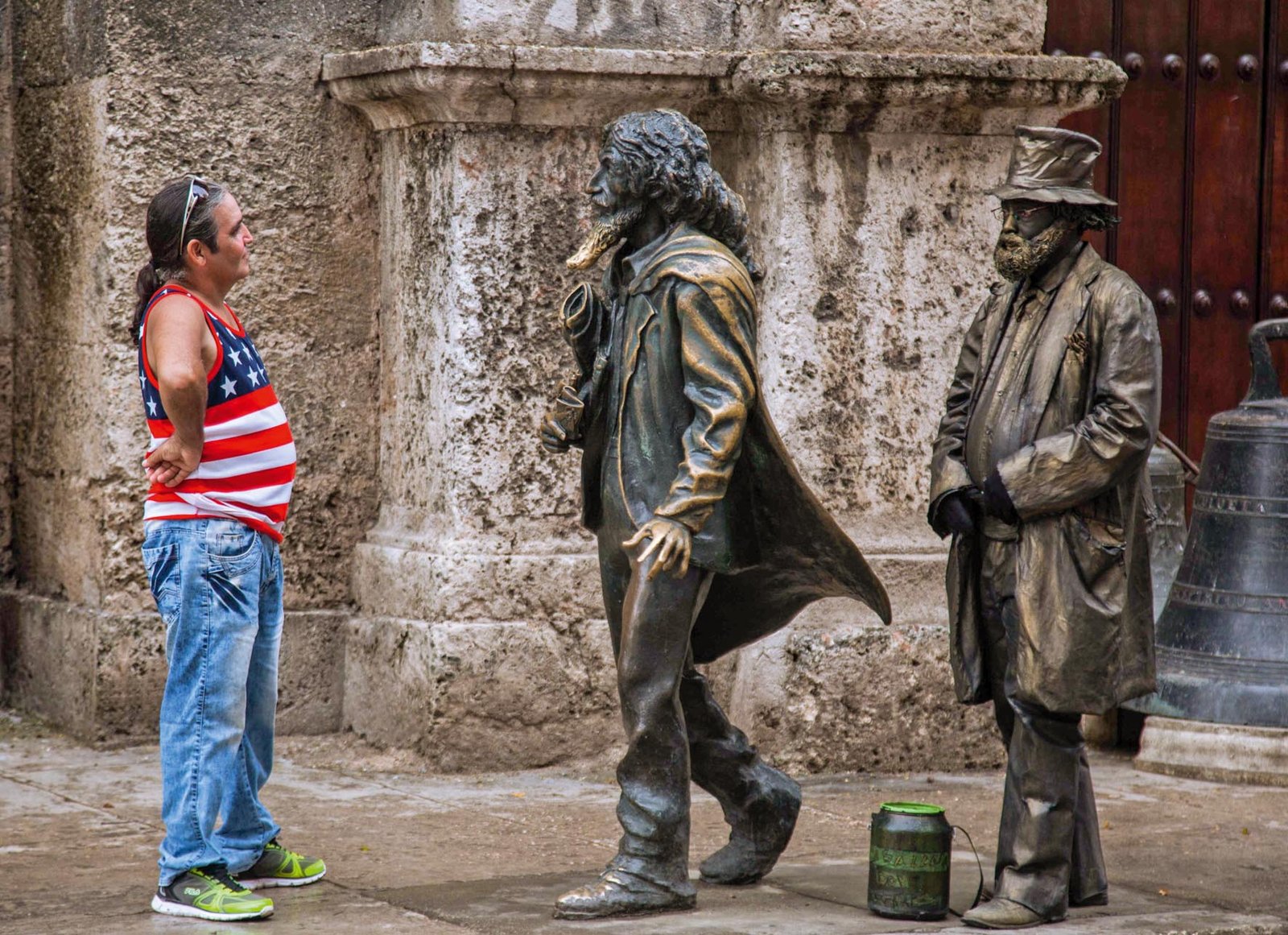
Visitors can learn Cuba’s history in Havana’s museums or by stopping in front of the statues of the nation’s independence heroes and reading the plaques on so many of the city’s streets, which relate the glorious struggles of the Cuban people to free themselves, starting in colonial times. Present, above all, is the national hero José Martí. Visit the house where he was born, on January 28, 1853, on Calle de Paula, or the Fragua Martiana, located in the old San Lázaro quarry, where convicts were once forced to labor. Or go to Parque Central, which boasts a statue of Martí, erected as per popular vote at the beginning of the Republic, or visit the Plaza Cívica –later known as Plaza de la Revolución– home to the largest demonstrations of Cubans over the past sixty years.
Another beloved site is the Malecón or boardwalk, baptized by historian Eusebio Leal as “Havana’s Smile.” This five-mile barrier contains the sea, although not always successfully. The seawall has played host to auto races, concerts, protests, popular rallies, and the lonely persistence of fishermen, while also serving as the embarkation point for many of Cuba’s rafters.
The traditional boardwalk, with its eclectic architectural design, was built between 1901 and 1919. It stretches between Paseo del Prado and Calle Marina. Some of the buildings have been restored and a new lighting system has been installed, lending a modern touch to the area. Watching the sun set from a seat on the wall along the Malecón is a ritual often enjoyed by friends and, especially, lovers. No one knows this better than the strolling musicians whose vast repertoire of romantic songs is the soundtrack of the Havana nights next to the sea.
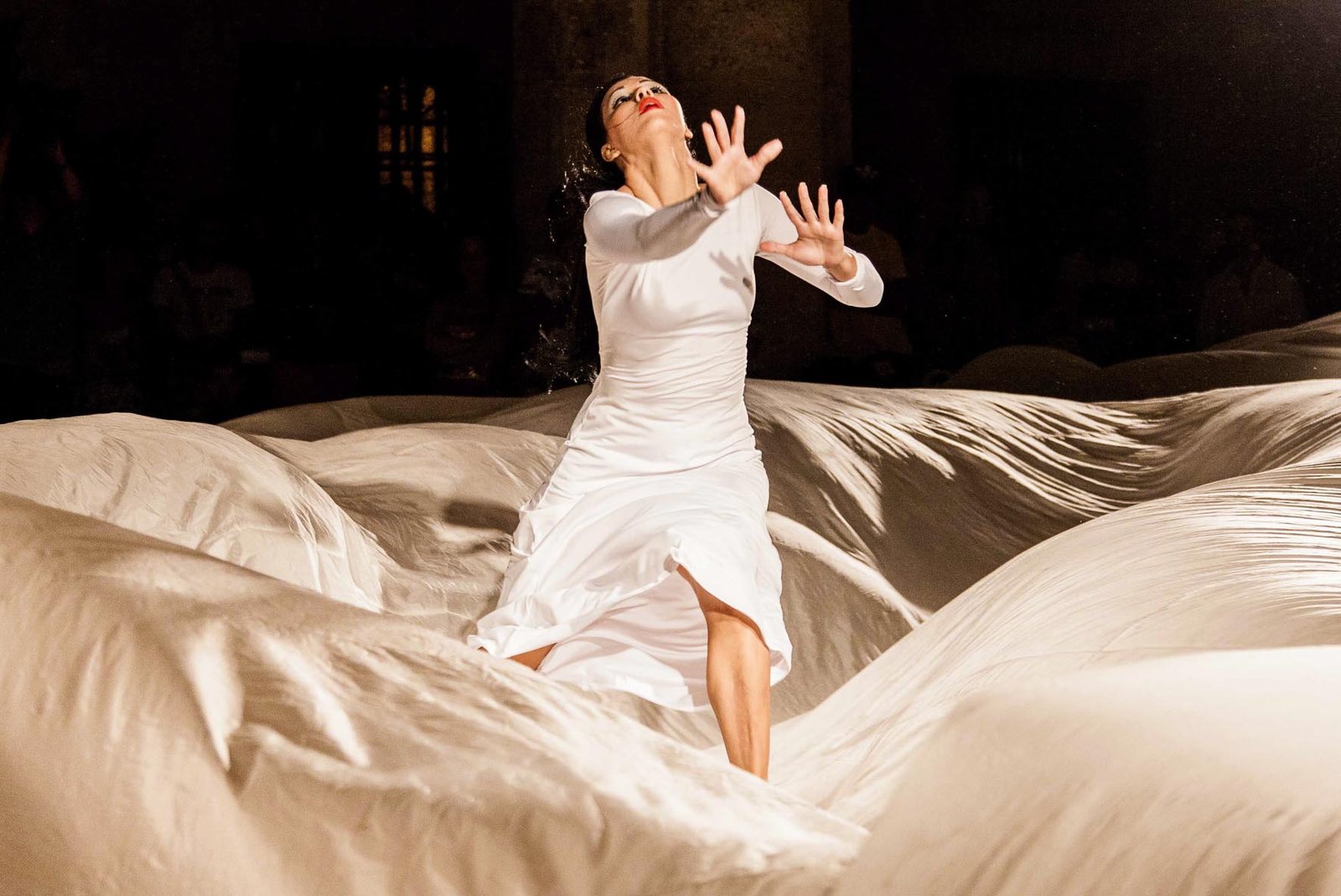
Precarious economic conditions have prevented the timely reconstruction or adequate maintenance of the valuable architectural complex outside the city’s Historic Center and boardwalk. However, the greatest gift for the city’s 500th anniversary has been in the works for decades; a “master plan” was put in place to restore the splendor of the colonial city in a commitment that continues because there is so much to preserve. The Capitol building was one of the most recently renovated; its dome was reconstructed and the building is now ready to once again host the Cuban Parliament.
Participants in the restoration included archaeologists, architects, historians, restorers, carpenters, and bricklayers, many of them graduates of schools and workshops in the Historic Center, which are organized as part of a strategy to continuously train qualified personnel for these tasks.
The restoration of Old Havana provides a template for other heritage cities to follow. The process inspired community participation, a renewal of the city’s identity, and a love of beauty. Beautiful buildings are not enough; residents must feel they live in a comfortable and inclusive place.
Unlike other historical centers, here the excited voices of boys and girls filter out of schoolrooms and rise up on playgrounds in squares; residents can be heard going about their daily routines. There are also institutions designed to help the elderly integrate with the rest of society and a center with educational and recreational options for adolescents.
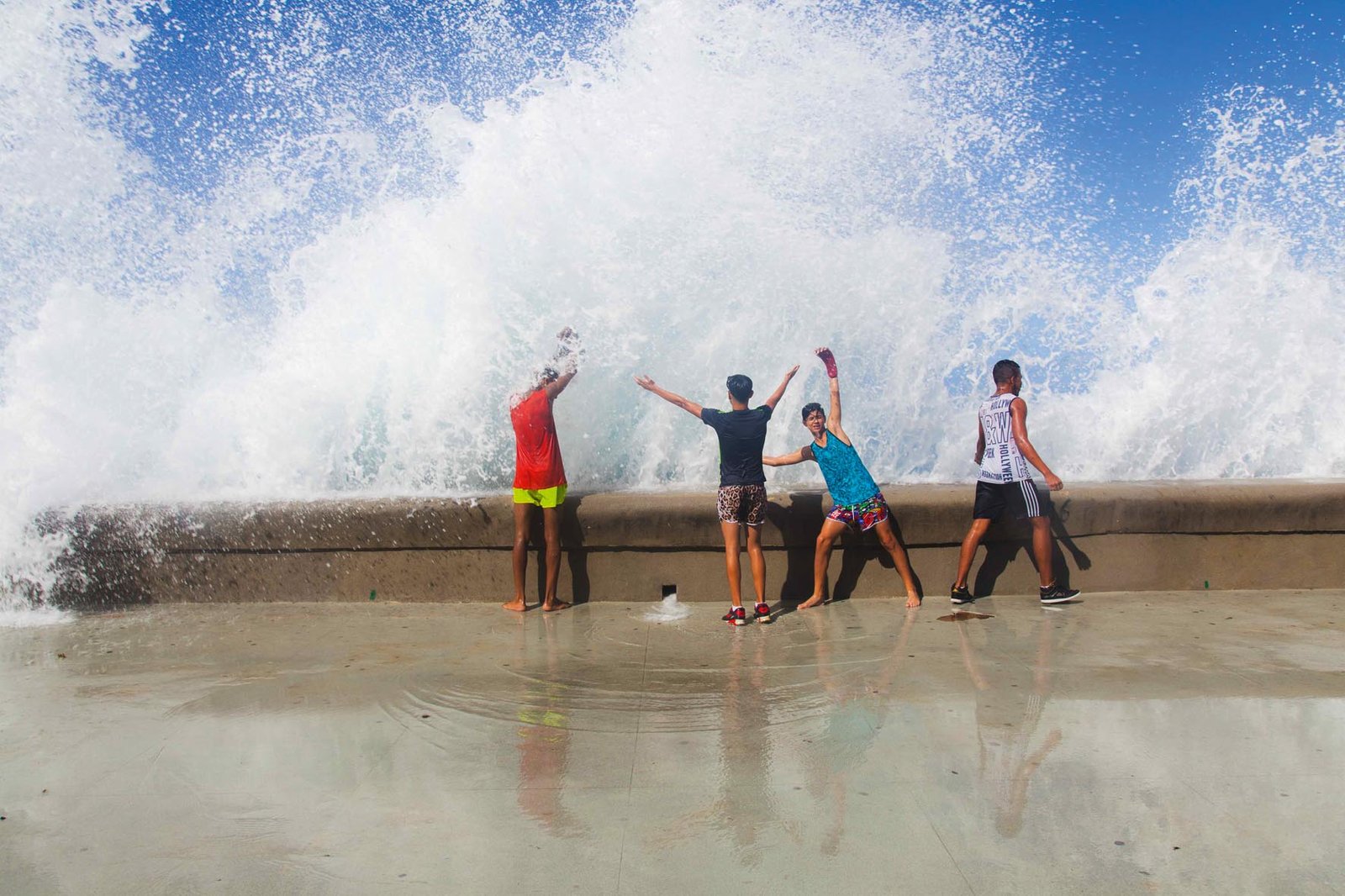
The vitality of these city streets is not solely dependent on the visitors, the old cars that have driven down them for decades, or a series of lifeless facades. This is a tourist city that provides its guests with so much more than just stories of the past, the odd souvenir, or clichéd images for social networks.
Tourists come away with an experience that is different from the one they will get in most large cities. Fond memories await those who are willing to meet face-to-face with the people of Havana -including people from other places who now live in the city- and receive their warm welcome. To visit Havana is to allow yourself time to enjoy the “little things that help us live,” in the words of singer-songwriter Carlos Varela, and that make the city a truly wonderful place.



